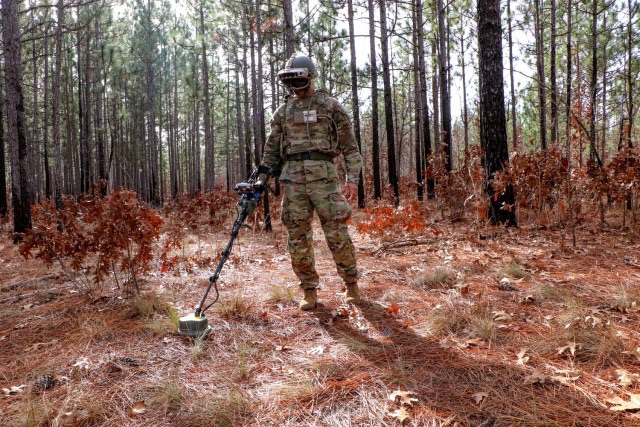
FORT LIBERTY, N.C. — Army researchers are teaming with operational units to define the future of countermine technology while developing solutions for Soldiers.
The Army’s C5ISR Center joined the 20th Engineer Brigade, 18th Airborne Corps and industry partners during the multi-day Sandhills Project experimentation event in December to demonstrate how Army Futures Command’s R&D community is shaping technological capabilities to meet Soldiers’ current and future needs.
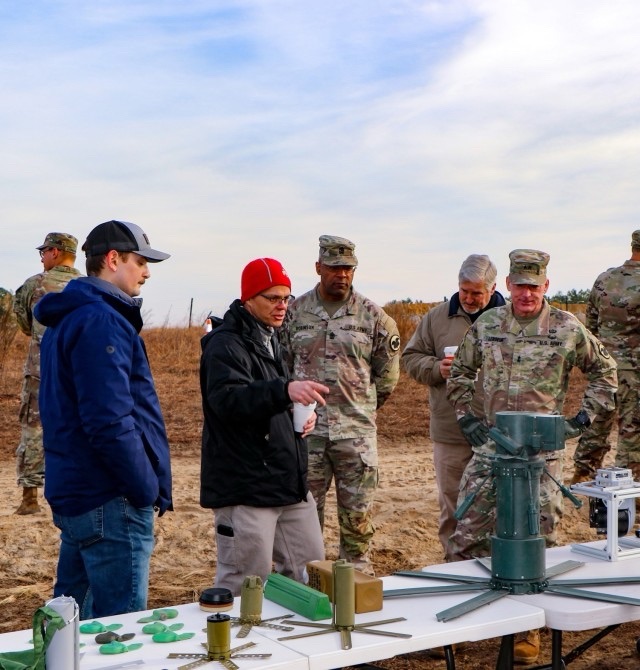
C5ISR Center’s civilian engineers and scientists are modernizing the Army’s countermine mission space through investments in Aided Target Recognition, known as AiTR, with an emphasis on increased Soldier survivability. The Center was one of the first to develop and field AiTR during operations in Iraq and Afghanistan, primarily for counter-improvised explosive device applications in combination with ground penetrating radar sensors. Now, the focus turns to the next round of threats. The C5ISR Center is an element of the Combat Capabilities Development Command under AFC.
Mike Donnelly, an electrical engineer in the Center’s Research and Technology Integration Directorate, said the group is developing AiTR algorithms for integration into platforms such as remote and autonomous ground robotics, small unmanned aerial systems and handheld detection systems. Breaching operations must be as fast and precise as possible to maintain momentum and reduce the enemy’s ability to target friendly forces.
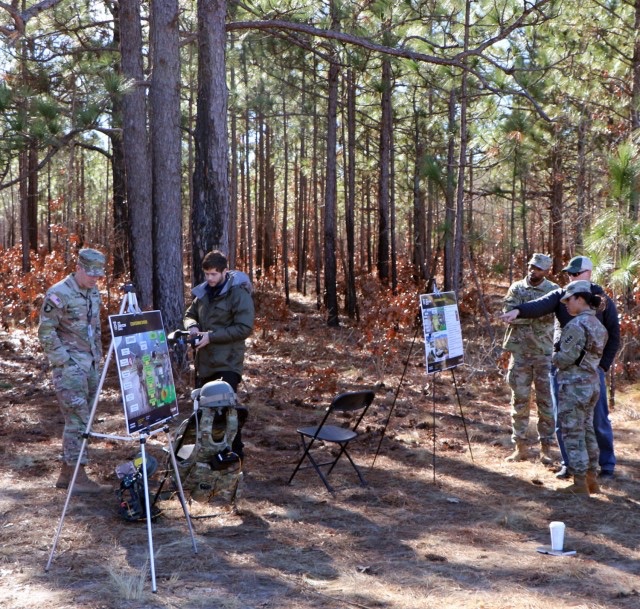
“We go to the field to provide live demonstrations with Soldiers and collect data from real targets,” Donnelly said. “This helps us develop a more robust algorithm so that when you give it to the Soldier, you know it’ll work in wide range of environments and conditions. That’s been the fundamental ideology behind our program. Build the best AiTR we can for Soldiers when it comes time to deploy.”
In addition to civilian subject-matter experts, the Army assigns noncommissioned officers to C5ISR Center as enlisted advisers to bridge the gap between lab-based research and operational use.
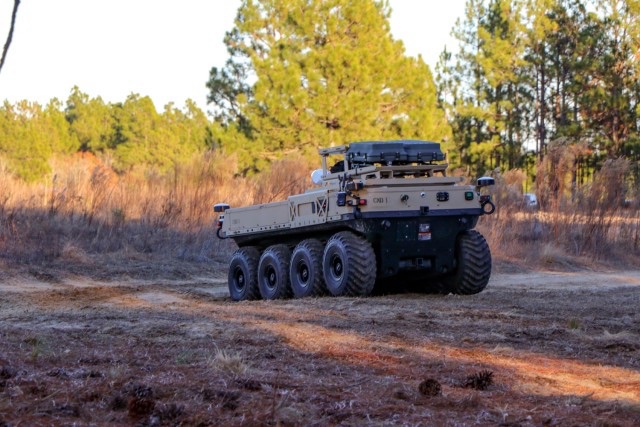
“Working with Soldiers gives researchers a different perspective because they have on-the-ground experience,” said Master Sgt. Cory Stepp, a combat engineer assigned to C5ISR Center. “As the R&D coordinator for C5ISR Center, I go out and find units, and we take this technology to Soldiers to get a larger amount of feedback. It’s important to involve Soldiers early on so we can help fix some of the problems in the very beginning stages.”
Col. Kenneth Frey is director of the Maneuver Support Capability Development Integration Directorate, which writes requirements for the future capabilities of Army branches that include combat engineers. His team works with DEVCOM Centers and other Army research organizations to understand the current state of the art and where technology is headed to define modernization requirements.
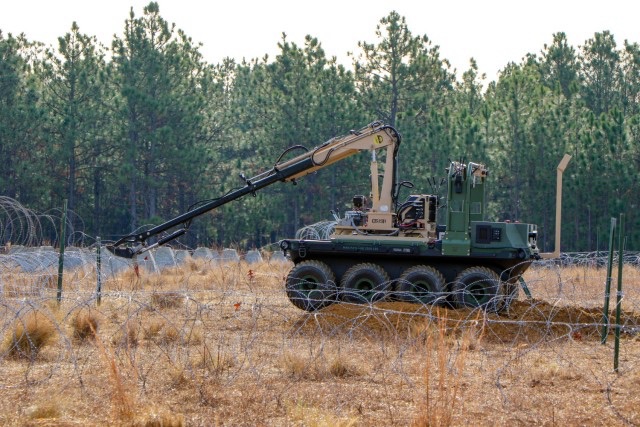
“I aim to modernize the engineer regiment, specifically toward the 2040 future,” Frey said. “What are our threats in 2040? Where do we need to be in 2040 to prepare regiments to operate in that time and space? I leverage the science and technology community to understand the minimums and maximums of technology now and in the future.
“The main obstacle that I see for Soldiers today in this experimentation is they still do this mission in the threat and are physically in the breach. For 2040 or nearer, we want to remove Soldiers from the hazard. Everyone here — S&T, industry, leadership — has come together with their skillsets. It gives a vision of what can be done.”
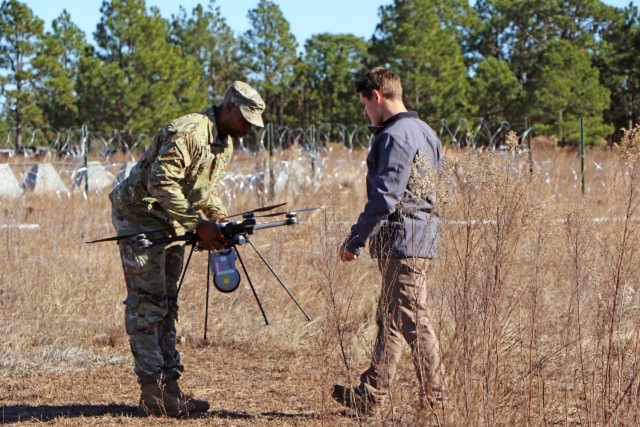
C5ISR Center electrical engineer Clare Yang said algorithms help to reduce the cognitive burden on Soldiers as they conduct missions as well as improve situational awareness by automatically detecting threats of interest. AiTR does not require a Soldier to continually monitor a sensor feed but merely confirm what the algorithm detects.
“Soldiers can push the ground robotic platform ahead of their units to conduct breach objectives such as cutting wires, moving obstacles and neutralizing explosive hazards while they stay behind,” Yang said.
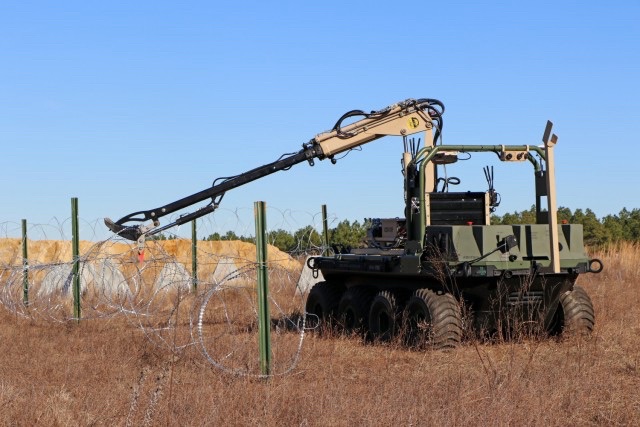
“With an air platform, Soldiers can elevate their point of view, which allows them to see a farther distance and a wider area. Time is of the essence when it comes to obstacle breaching, and the ability to see as far and wide of an area as possible will help combat engineers gather intel quickly and make speedy decisions. In the coming decades, we’ll see more human-machine integrated platforms.”
Maj. Nick Rinaldi, a project manager at Army Applications Lab, is part of a team focused on working across the service to bring solutions to the front lines.
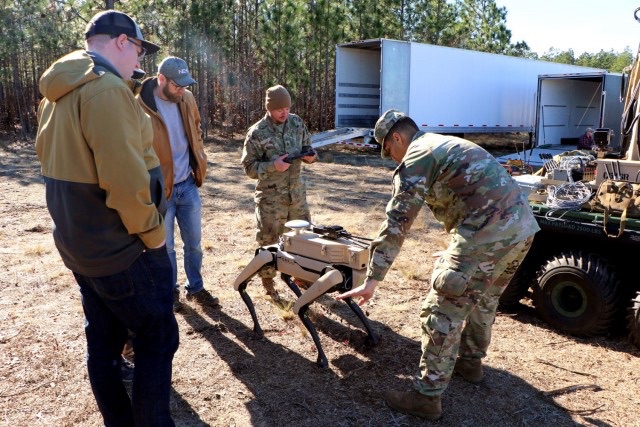
“There are great programs in place to get us where we need to be in the Army of 2030 and Army of 2040,” Rinaldi said. “In parallel, there are activities happening at an operational unit level across multiple organizations in Army Futures Command and Corps of Engineers. How do we deliver in parallel? How do our Warfighters take advantage of technology as it’s becoming available?”
C5ISR Center participation in experimentation venues such as Sandhills Project and brigade training rotations is instrumental for the Army S&T community to move lab work into the field, according to Marc Titler, a chief engineer in the Center’s RTI Directorate.
“Our engineers and scientists get immediate feedback on the current capabilities that will improve the next iteration of their prototype systems,” Titler said. “SMEs gain a broader appreciation and context of the real-world mission space challenges and problems that helps focus investments and technical investigations.”
By Dan Lafontaine, DEVCOM C5ISR Center Public Affairs

